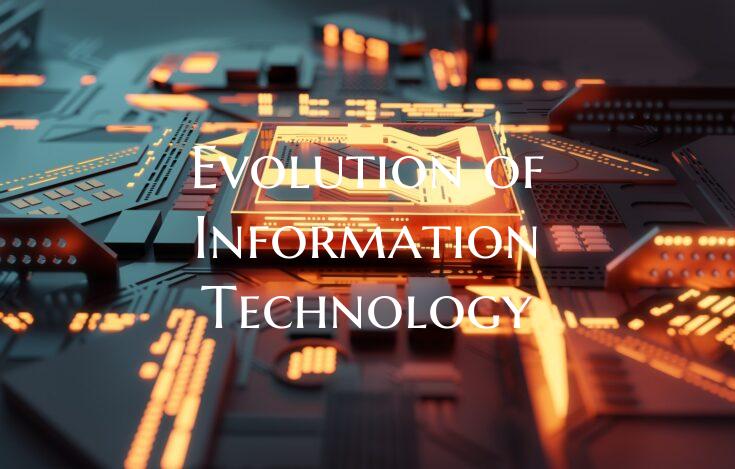Evolution of Information Technology
Information technology (IT) has transformed the way we live, work, communicate, and conduct business. Its evolution over the years has been nothing short of revolutionary. From the advent of computers to the rise of the internet and beyond, IT has reshaped every aspect of our modern world.
The journey of information technology began in the mid-20th century with the development of mainframe computers. These large, room-sized machines were the first step in automating data processing tasks and laid the foundation for the digital age. As technology advanced, the size of computers shrank, leading to the creation of personal computers (PCs) in the 1970s and 1980s.
The widespread adoption of PCs brought computing power into homes and businesses, democratizing access to information and enabling new possibilities. The internet, which emerged in the 1990s, further accelerated the evolution of IT, connecting people across the globe and providing instant access to a wealth of knowledge and resources.
The early 21st century saw the rise of mobile technology, with the introduction of smartphones and tablets. These devices not only made computing more portable but also opened up new avenues for connectivity and innovation. The development of apps and cloud computing further enhanced the capabilities of mobile devices, enabling users to access and store data anytime, anywhere.
In recent years, emerging technologies such as artificial intelligence (AI), blockchain, and the Internet of Things (IoT) have been shaping the future of IT. AI-powered systems are revolutionizing industries by automating tasks, making predictions, and improving decision-making processes. Blockchain technology is transforming how data is stored and secured, offering new possibilities for transparency and trust in digital transactions. The IoT is connecting devices and systems, creating a network of interconnected devices that can communicate and share data.
Looking ahead, the evolution of information technology shows no signs of slowing down. As we continue to push the boundaries of what is possible, IT will continue to drive innovation, reshape industries, and change the way we interact with the world around us. The future promises even more exciting developments, with technologies like quantum computing, 5G networks, and augmented reality poised to transform the way we live and work in ways we have yet to imagine.

